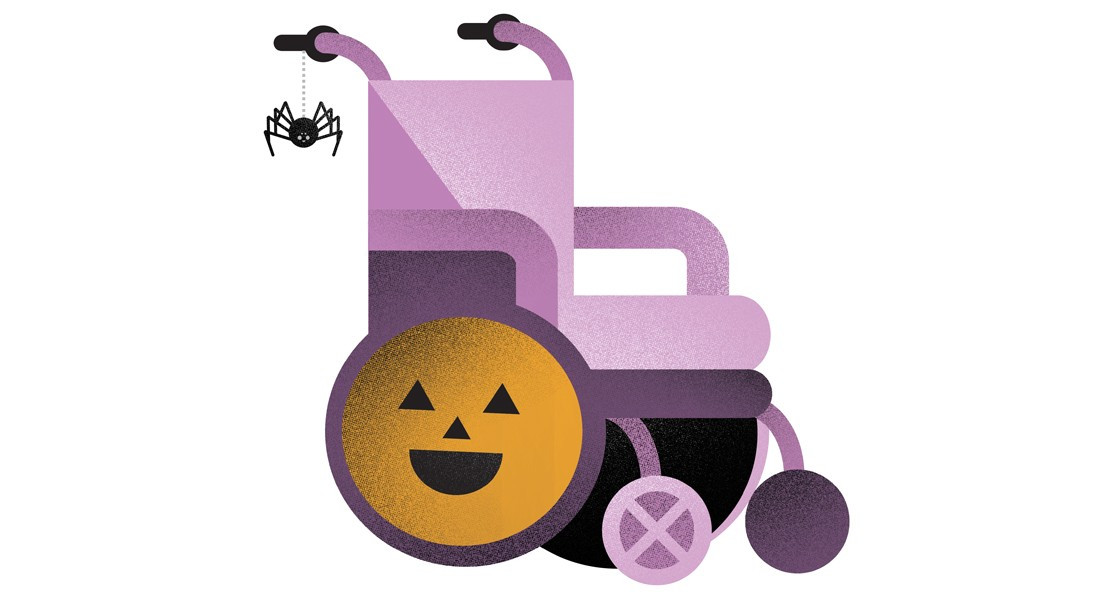Crystal Clear
Halloween fun for all
Halloween is upon us, and it’s a time for costumes, pumpkin carving, pumpkin-flavoured everything, Halloween parties and trick-or-treating.
It’s a wonderfully festive time, especially if you’re a kid, but what if you’re a kid with a disability or chronic illness? It can make enjoying this season a bit more challenging. So what can people do to help make it easier?
The Teal Pumpkin Project was launched in 2014 by Food Allergy Research & Education. The goal is to put a teal-painted pumpkin on your doorstep to indicate that you have non-allergen or non-food items to hand out.
The purpose has become bigger than just allergies. Kids with certain conditions that can prevent oral feeding, like severe cerebral palsy, benefit from this by getting small trinkets, such as Halloween rings, stickers, bouncy balls or fun pencils.
Another way to make this holiday easier is to have patience and be understanding. Kids with disabilities or chronic illnesses may walk slower than healthy kids who are running amok. They may even be slower at climbing the stairs or holding out their bucket for treats.
So just be patient. If you’re handing out candy and see a child struggling to climb the mountainous stairs for the prize of candy or a trinket, move closer. Or go to them, or even better, set up an area on your front lawn or garage and avoid the stairs all together. This really benefits any child who’s in a wheelchair or uses a walker.
If you’re a parent, teach your little ones that there are others who can’t move quickly and to not push them out of the way. As a kid, I got pushed a lot during trick-or-treating. It’s understandable – kids are excited – but explaining how other children may have mobility issues can help everyone be safe and have fun.
Kids with certain disabilities or conditions may not be verbal. So they may not say “trick-or-treat,” “please” or “thank you” simply because they can’t. Furthermore, some kids with cognitive disabilities may not understand social boundaries and might just walk right into the house (which may embarrass their parent), so being understanding can make this scenario less awkward.
Another amazing way to easily include disabled or ill children in Halloween is to dress them up! Dressing up is so much fun, and if your child uses a mobility aid like a wheelchair or walker, incorporate it into their costume. Doing this makes some really awesome costume ideas.
Other than these simple tips, just enjoy Halloween and include everyone when possible. Happy Halloween!
Crystal Rondeau is a rock music and tattoo-loving young woman who lives with a physical disability and chronic illness. Her main goal in life is to break barriers and destroy the stigmas that come with being disabled and ill. She does this by speaking in schools, volunteering and being very open and uncensored about her life.
Published in Volume 73, Number 7 of The Uniter (October 25, 2018)







